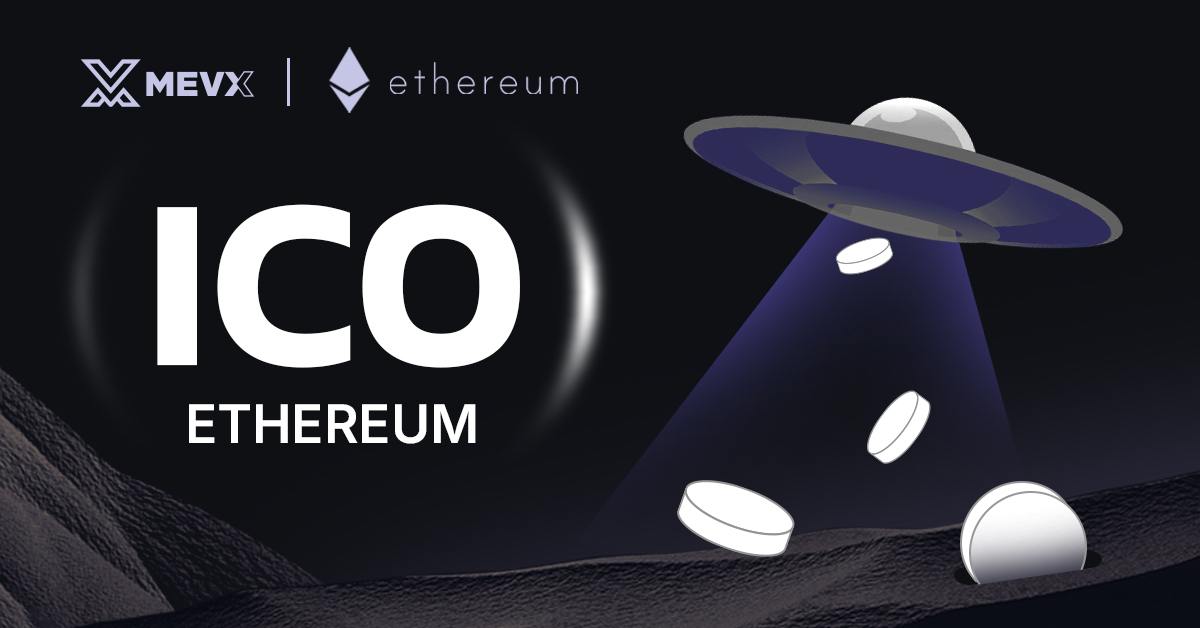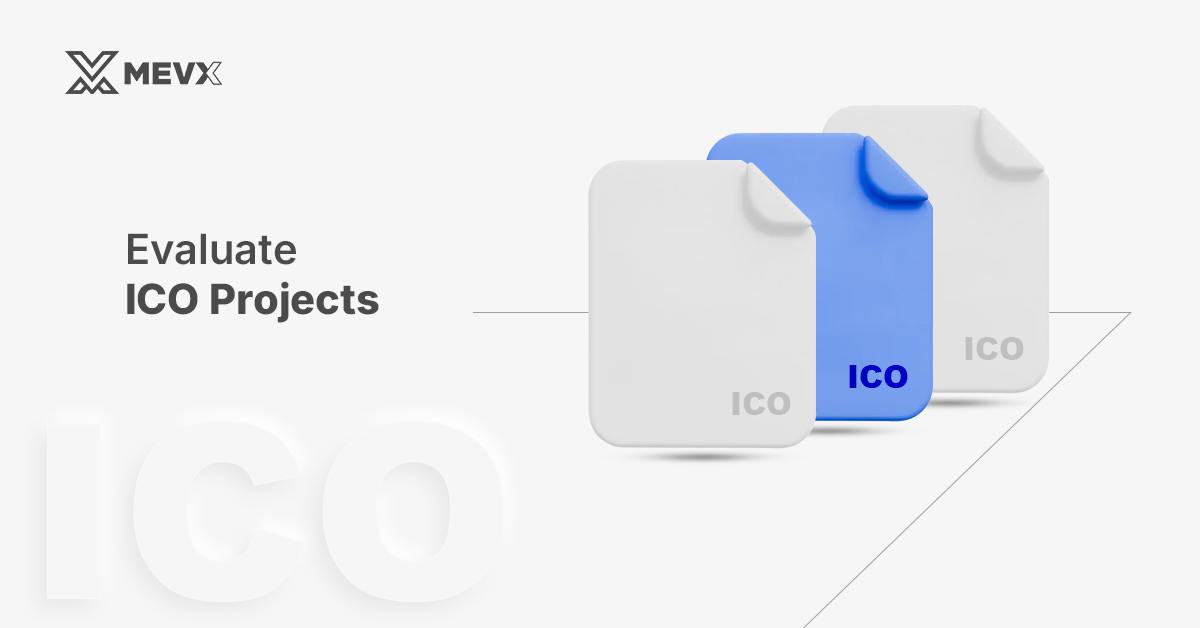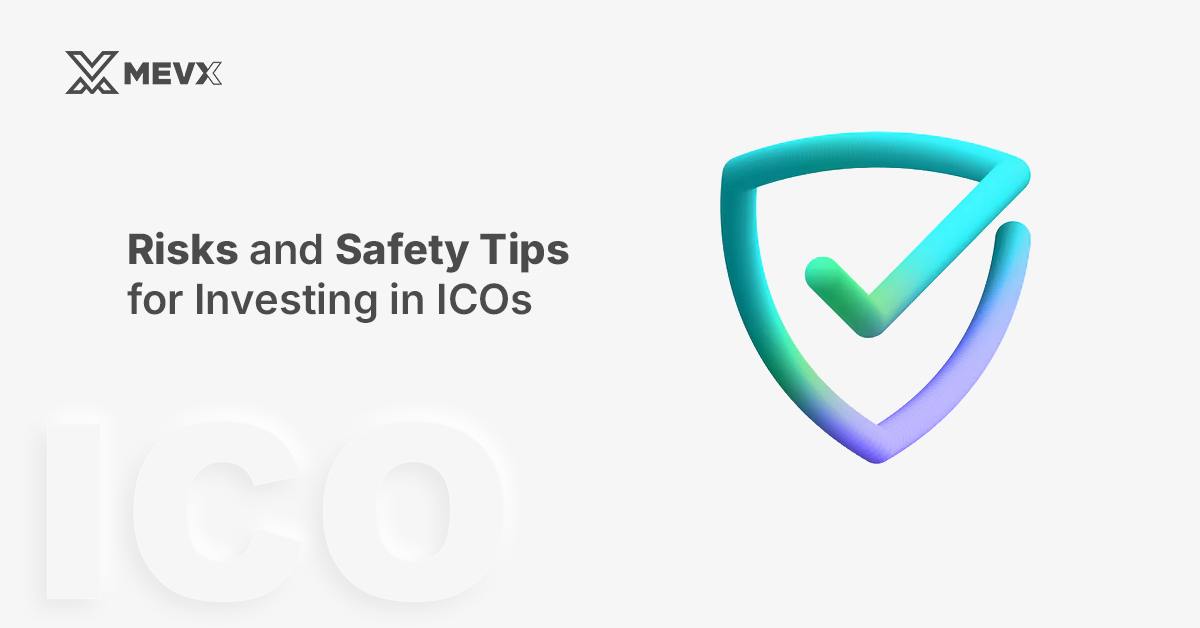Initial Coin Offerings (ICOs) or token sales are both exciting opportunities for early investors to support innovative blockchain projects built on Ethereum, yet a very intricate landscape with potential risks on the other side. This article will walk you through how to evaluate the projects and safely take part in Ethereum-based ICOs to protect your investment.

Ethereum’s ICO
1. Understanding ICOs and How Token Sales Work
An Initial Coin Offering, or simply an ICO, is a fundraising method where new blockchain projects issue digital tokens in exchange for cryptocurrencies, often Ethereum (ETH). An ICO allows investors to buy project tokens early, usually cheaper, before the total launch of the project. Here’s how they generally function:
- Token Issuance: An ICO creates a certain supply of tokens for a project; these can be utility or ownership tokens in the project’s ecosystem.
- Funding Goals: Many projects often have an ultimate fundraising goal or a cap, usually realized through a public token sale. The sale of an ICO could be offered freely to whomever or strictly limited to accredited investors only.
- Payment in Cryptocurrency: Contributors usually donate in ETH, and funds are collected to utilize for the development, functioning, and marketing of the project.
ICOs can be an accessible way for individuals to support new blockchain technology, but thorough research and caution are necessary to avoid scams and poorly managed projects.
2. How to Evaluate ICO Projects
Before investing, assess the legitimacy and potential of the project behind the ICO by considering a number of factors. This will give great insight into what can be a valuable project to invest in and what you should avoid.

Evaluate ICO Projects
a) Read the Whitepaper
The whitepaper is your main document for the project and contains the description of the vision, the technology, use cases, the roadmap, and tokenomics. A good whitepaper should give answers to the following:
- What problem does it solve?
- How does the project work technically?
- Why does this project need blockchain?
A low-quality or vague whitepaper signals a project’s lack of substance or seriousness of implementation.
b) Research the Team and Advisors
The leadership and team should be solid and experienced. Look at the team on LinkedIn or reputable media sources to verify experience. Also, quality projects tend to have renowned advisors who provide strategic direction and lend plausibility.
c) Assess Community and Transparency
This usually goes hand in hand with an active and open community on Twitter, Telegram, or Discord. Community engagement represents the legitimacy of the project and a team that is open to communicating with their followers. Check to see if responses by the project are professional and information-driven; evasive responses might hint at hidden risks.
d) Examine the Roadmap and Development Milestones
There is a roadmap of realistic timescales and milestones representing the timeline of the project. Such projects tend to have clear goals and timelines, thereby making them look more credible. Projects that do not have technical or developmental goals are ones to be wary of because it will be tough to attract and hold value with such projects.
e) Analyze Tokenomics and Allocation
Tokenomics includes token utility, distribution, and supply. The balance in the distribution of tokens among development, marketing, and operations, along with a reasonable lock-up period, would impede founders and advisors from dumping large portions of tokens. A well-designed token model is supportive of the token long-term value and demand.
3. A Step-by-Step Guide to Joining an ICO with Ethereum
Once you have analyzed a project and are certain that an ICO is going to be successful, then you are ready to follow these steps for safely participating in an ICO on the Ethereum Network.
Step 1: Set Up an Ethereum Wallet
Firstly, you will have to create an Ethereum-compatible wallet that can be used for storing and sending ETH to participate in an ICO. You can use any of the popular wallets as follows:
- MetaMask: The easy-to-use browser extension wallet.
- Trust Wallet: A secure mobile wallet.
- Hardware Wallets (Ledger or Trezor): Physical wallets that offer additional security.
Avoid wallets coming from exchanges because they don’t give you complete control over the private keys that are needed for ICOs.
Step 2: Fund Your Wallet with ETH
Buy Ethereum from a trusted exchange and send it to your wallet. ETH is generally accepted in every ICO, so you would need to have at least enough for the amount of token purchased and to cover gas.
Step 3: Confirm ICO Details from Official Sources
Ensure correct information about the ICO: the contract addresses, dates, and instructions on conducting a transaction are available on the official website or some trusted platforms. Most of the scams create a fake website with almost a similar URL; make sure to double-check the source and bookmark the official page.
Step 4: Participate in the ICO
When the ICO opens, follow these steps:
- Visit the official ICO page and follow the specific instructions for purchasing tokens.
- Transfer the correct amount of ETH to the project’s contract address (provided by the ICO).
- Pay attention to gas fees and consider adjusting them based on network congestion to ensure transaction success.
Step 5: Receive Your Tokens
Tokens are often distributed immediately or within a few days. After the ICO, you may need to add the token contract address to your wallet to view your balance. Each wallet has instructions for adding custom tokens, so follow those steps if necessary.
4. Risks and Safety Tips for Investing in ICOs
ICOs can offer significant rewards, but they also come with risks, especially since the regulatory environment and fraud protection are less mature. Here are critical precautions for a safer experience:

Risks and Safety Tips for Investing in ICOs
a) Verify Websites and Avoid Phishing
Phishing attacks are common in crypto, with fake websites that mirror real ones. Always type URLs directly or use verified bookmarks to prevent falling for phishing scams.
b) Understand Regulatory Compliance
Some ICOs comply with security laws, while others do not. Ensure you understand the legal implications of participating in an ICO in your region, as participating in unregulated ICOs could be riskier.
c) Don’t Rely on Promised Returns
ICOs are inherently speculative, and there’s no guarantee of token value appreciation. Be cautious if a project guarantees returns or uses high-pressure tactics, as these are often red flags.
d) Check for Smart Contract Audits
Reputable projects will usually have their smart contracts audited by third parties. An audit helps to ensure the contract is secure, reducing the risk of vulnerabilities that could lead to lost funds.
e) Diversify Your Investments
ICOs are high-risk investments, so it’s wise to diversify. Avoid investing all your funds in a single project; instead, distribute your investments across several vetted projects to manage risk.
Conclusion
Participating in Ethereum-based ICOs offers the chance to support innovative projects from the ground up. However, the ICO landscape is also filled with risks. By following these steps carefully evaluating projects, using secure wallets, and staying alert for scams, you can participate more safely. With diligence and patience, ICOs can become a rewarding addition to your investment strategy in the ever-evolving world of cryptocurrency.
Share on Social Media:
